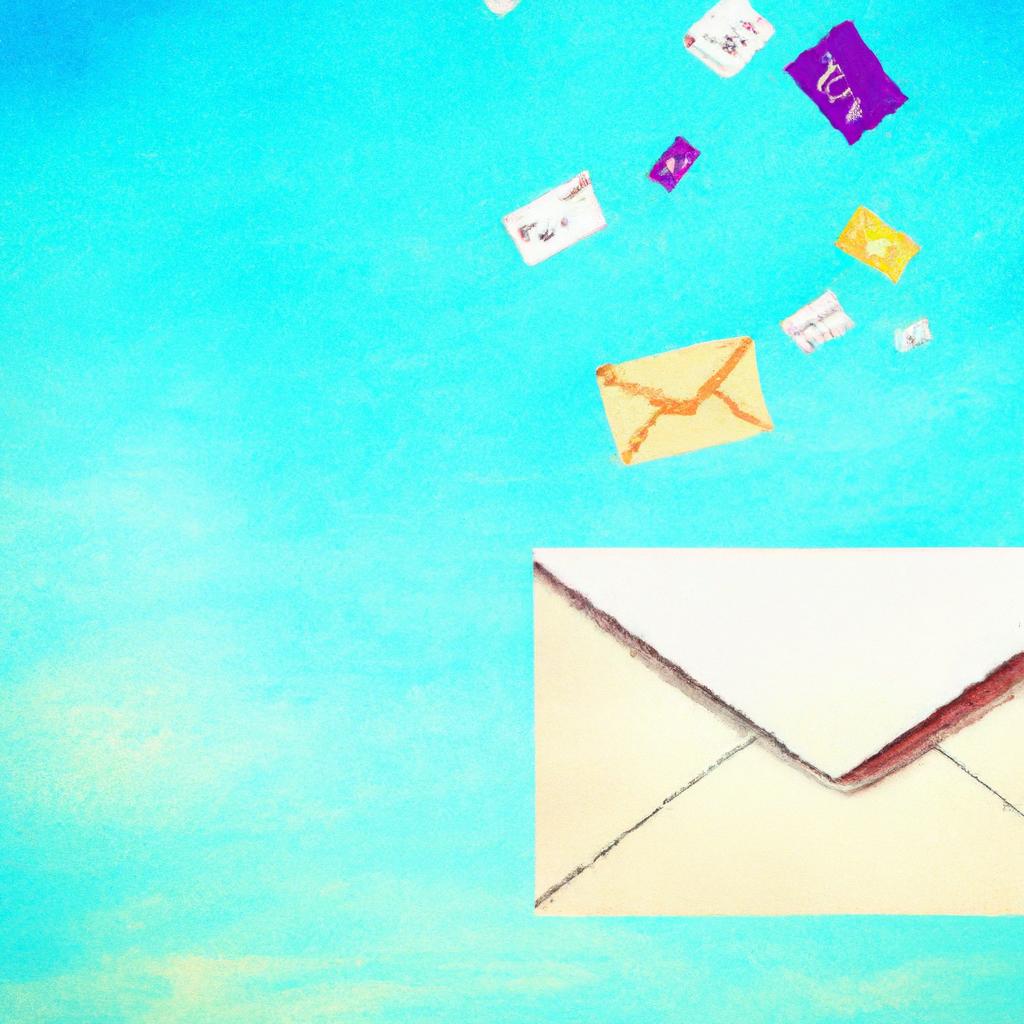
Understanding and Reducing Email Bounce Rates
In the digital age, email marketing has become a crucial tool for businesses to connect with their audience. However, one common challenge that marketers face is dealing with high email bounce rates. Understanding why emails bounce and how to reduce these rates is essential for maximizing the effectiveness of your email campaigns. In this article, we will explore the reasons behind email bounces and provide tips on how to minimize them to ensure your messages reach their intended recipients.
Table of Contents
- Ways to Analyze Email Bounce Rates
- Common Factors That Contribute to Bounces
- Effective Strategies for Reducing Email Bounce Rates
- Improving Email Deliverability through List Maintenance
- Q&A
- Insights and Conclusions
Ways to Analyze Email Bounce Rates
When it comes to analyzing email bounce rates, there are a few key ways to understand why emails may not be reaching their intended recipients. One important method is to segment bounce rates based on the type of bounce – whether it is a hard bounce (permanent failure) or a soft bounce (temporary issue). By categorizing bounces in this way, you can better pinpoint the root cause of the problem and adjust your email strategy accordingly.
Another effective way to analyze email bounce rates is to monitor the quality of your email list. By regularly cleaning and updating your list, you can reduce the number of invalid or inactive email addresses that may be contributing to high bounce rates. Additionally, paying attention to email engagement metrics such as open rates and click-through rates can give you valuable insights into the effectiveness of your email campaigns and help you identify areas for improvement.
Common Factors That Contribute to Bounces
There are several common factors that can contribute to email bounces, affecting the deliverability of your messages. Understanding these factors is crucial in reducing your email bounce rates and ensuring that your emails reach their intended recipients.
Some include:
- Invalid email addresses
- Overloaded email servers
- SPAM filters blocking your emails
- Outdated email lists
Effective Strategies for Reducing Email Bounce Rates
Email bounce rates can be a frustrating challenge for email marketers, as they can negatively impact deliverability and overall campaign success. However, there are several effective strategies that can help reduce bounce rates and improve email performance. One key strategy is to regularly clean your email list to remove inactive or outdated email addresses. By regularly scrubbing your list, you can ensure that you are only sending emails to engaged and active subscribers.
Another effective strategy for reducing email bounce rates is to use double opt-in confirmation for new subscribers. This process requires subscribers to confirm their email address before they are added to your list, which helps ensure that the email addresses you have are valid and deliverable. Additionally, using a reputable email service provider with strong deliverability rates can also help improve your email bounce rates. By following these strategies and staying proactive in monitoring and maintaining your email list, you can help reduce bounce rates and improve the success of your email campaigns.
Improving Email Deliverability through List Maintenance
In order to improve email deliverability through list maintenance, it’s crucial to address the issue of email bounce rates. Bounce rates occur when an email is not successfully delivered to the recipient’s inbox, and can be classified into two main categories: hard bounces and soft bounces. Understanding the differences between these two types of bounces is key to reducing overall bounce rates and ensuring that your emails reach their intended audience.
To reduce email bounce rates and improve deliverability, consider the following strategies:
- Regularly clean your email list to remove invalid or outdated email addresses.
- Use double opt-in confirmation to verify the accuracy of subscriber emails.
- Monitor bounce rates regularly and take action to address any concerning trends.
Q&A
Q: What is an email bounce rate and why is it important?
A: An email bounce rate refers to the percentage of emails that were not successfully delivered to recipients’ inboxes. It is important because a high bounce rate can damage your sender reputation and impact the success of your email marketing campaigns.
Q: What are the different types of email bounces?
A: There are two main types of email bounces: hard bounces and soft bounces. Hard bounces occur when an email is permanently undeliverable, usually due to an invalid email address. Soft bounces are temporary delivery issues, such as a full inbox or server downtime.
Q: How can I reduce my email bounce rate?
A: To reduce your email bounce rate, you can regularly clean your email list to remove invalid or outdated addresses, use double opt-in methods for subscription, avoid using spam trigger words in your emails, and monitor your sender reputation.
Q: How does a high email bounce rate affect my email marketing efforts?
A: A high email bounce rate can lead to decreased deliverability, lower open and click-through rates, and damage to your sender reputation. This can ultimately impact the success of your email marketing campaigns and decrease the ROI of your efforts.
Q: What are some best practices for managing email bounce rates?
A: Some best practices for managing email bounce rates include regularly cleaning your email list, segmenting your audience for targeted communication, using a reputable email service provider, and monitoring and analyzing bounce rates to make improvements.
Insights and Conclusions
In conclusion, understanding and reducing email bounce rates is essential for maintaining a successful email marketing campaign. By implementing proper list hygiene, monitoring deliverability metrics, and crafting engaging content, you can significantly reduce the number of emails that bounce back. Remember, a lower bounce rate means higher engagement and better results for your email campaigns. So, take the necessary steps to ensure your emails are reaching the right inboxes and watch your email marketing efforts soar to new heights. Happy emailing!

